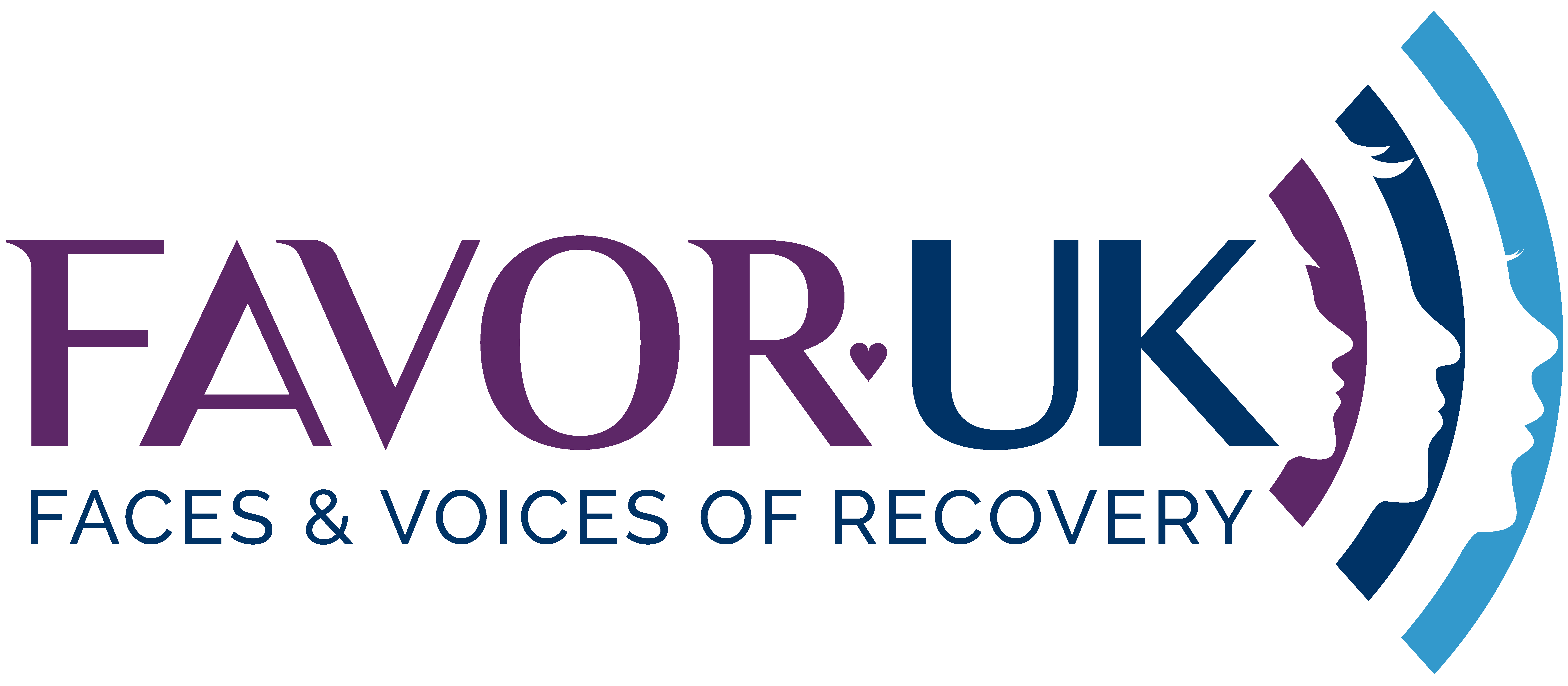Yet again we find ourselves advocating for residential treatment & also the claims that there is no evidence base for it or 12 steps. We do hope if you find yourself having to do this over & over again like us that you will find this page useful as a pointer to those ill informed or stubbornly deaf.
Enjoy.
The evidence base for treatment is set out in the UK Drug Misuse and Dependence Clinical Guidance[1] Page 77 & 78 and Nice Guidance[2]. See briefing here on mutual aid fellowships
There are, in both of those documents, a range of interventions and approaches that can be used to support people at different stages of their drug use and addiction and to suit the myriad of care needs amongst people seeking treatment including 12 step . Broadly we can segment the treatment approaches into pharmacological interventions and psychosocial interventions, both equally important to any treatment approach.
These psychosocial interventions are critical to someone sustaining their treatment gains and building a life they want in recovery after treatment.
The 2017 version of the Clinical Guidance responded to the changing drug use and provided
‘a more explicit focus on individually defined recovery journeys with an enhanced focus on keyworking and care planning that integrates support for pharmacological and psychosocial interventions, and peer engagement and mutual aid.’[3]
The comprehensive evidence base approach contained in the Clinical Guidance establishes a clear ‘manual’ on how to engage and support people in treatment. As the UK Guidance itself points out;
‘One of the challenges during the lifespan of the 2017 Clinical Guidelines will be for planners and commissioners, with assistance from clinicians, to continue to deliver the different forms of appropriate treatment as well as to improve outcomes, when resources may be more limited.’
[1] https://www.gov.uk/government/publications/drug-misuse-and-dependence-uk-guidelines-on-clinical-management
[2] https://www.nice.org.uk/guidance/health-protection/drug-misuse
[3] Page 10 – Drug misuse and dependence: UK guidelines on clinical management
The most recent pieces of research on the effectiveness of 12 step fellowships can be found here
It concludes There is high quality evidence that manualized AA/TSF interventions are more effective than other established treatments, such as CBT, for increasing abstinence. Non‐manualized AA/TSF may perform as well as these other established treatments. AA/TSF interventions, both manualized and non‐manualized, may be at least as effective as other treatments for other alcohol‐related outcomes. AA/TSF probably produces substantial healthcare cost savings among people with alcohol use disorder.
Also addiction treatment based on Alcoholics Anonymous works as well as or better than scientifically proven treatments for alcohol addiction, according to a new review of previous studies by Cochrane, an organization renowned for its analyses of scientific research.
The review does not mean that AA and treatments that use the 12 steps, which are derived from AA, work for everyone with alcohol addiction. But it shows that, at least for some people, AA and 12-step treatments work as well as alternative treatments like cognitive behavioral therapy, which has solid Scientific evidence behind it.
Effectiveness of Residential Rehab Services
NTORS[1]
An important study in 1995 was the National Treatment Outcome Research Study (NTORS) published by the Department of Health. The researchers recruited 1,075 former patients who received treatment in one of four modalities of addiction service in the UK. A random sample of 650 clients was followed up over one and five years.
The study demonstrated that:
47% of patients treated in residential rehabilitation services achieved abstinence after five years vs. 35% of those in community-based services.
The researchers also commented that clients who attended residential rehabilitation were some of “the most severely disturbed and they made some of the greatest treatment gains”. The greater level of poor social and personal functioning presented by rehab clients lend further weight to the high success level of the results for residential rehabilitation.
It is interesting to note that in this particular study those who are receiving a methadone prescription are described as ‘abstinent’.
Drug Outcome Research Study (DORIS)[2]
The 2006 DORIS study measured 1033 drug users from Scotland 33 months after they left treatment. The aim was to see whether they had managed to be abstinent for at least 90 days after discharge.
The results showed that:
- 25% of those who had attended residential rehab services were abstinent vs. 6% from community-based services.
- 30% of those admitted to residential treatment at any point since the start of the trial were abstinent for 90 days at follow-up vs. 3% who had received methadone maintenance
The evidence from this study also confirms the fact that quality residential treatment can help improve mental and physical health, reduce offending, improve employability and enhance social functioning.
The DORIS study also showed that drug users contacting drug treatment services in Scotland want abstinence. However, the majority will still receive Methadone maintenance.
Is residential rehab a key factor in abstinence?[3]
In 2008, Dr. David Best[4] and researchers followed 269 people in full (abstinent) recovery. They concluded that: “The only type of formal treatment service which was a key factor in helping drug users to stay abstinent was residential rehab.”
Effectiveness of 12 Step Rehab Programme
Many researchers see 12 Step groups as essential to effective addiction treatment. There are over 2 million members of Alcoholics Anonymous (AA) worldwide. AA has played a unique role in helping people to recover from dependence and has become the prototype for other similar self-help groups such as Narcotics Anonymous (NA), which helps drug addicts to recover from addiction to drugs other than alcohol
There have been over 180 research studies into the effectiveness of 12 Step treatment. Below we have summarised a few of the most important ones
Project MATCH (1998)[5]
Two independent but parallel matching studies were conducted, one with clients recruited to the “outpatient arm” who received non-residential treatment, the other with patients receiving continuing care treatment (also known as ‘aftercare’) following inpatient care (“the Aftercare arm”). Patients were randomly assigned to: 12 Step facilitation, or · Cognitive behavioural therapy (CBT), or Motivational enhancement therapy.
After 12 weeks of treatment, both groups were followed up for one year and were evaluated for changes in drinking patterns, quality of life, and use of treatment services. The researchers concluded:
“The findings of this trial support the effectiveness of the 12 Step programme and continued attendance at Alcoholics Anonymous in the patient’s home community”.
Major improvements in the well-being of the patients occurred relatively rapidly, in all three treatments, and persisted for three years afterwards. The results indicated that all three treatments were effective in vastly reducing drinking and that these reductions were maintained.
Severely dependent clients benefited more from 12 Step facilitation than CBT.
The results show that AA principles play an important role in the maintenance of sobriety, especially for severely dependent patients. Overall 12 Step treatment produced a greater rate of total abstinence.
Other results include:
- 46% of continuing care clients were abstinent when contacted after 15 months and a further 7% were drinking without problems.
- 30% of patients in the ‘outpatient group’ were abstinent when contacted after 15 months and a further 12% were drinking without problems.
- The ‘outpatient group’ was followed up after three years and the results showed that 36% of patients who received 12 Step treatment reported abstinence vs. 24% of those who had CBT and 26% of those who had motivational enhancement therapy.
- Continuing care participants who had already been introduced to AA were more likely to attend AA meetings.
- Patients who had received inpatient treatment were more likely to attend AA meetings throughout the trial.
Success of 12 Step Groups[6]
In a study by Fiorentine and Hillhouse, 356 addicts were followed up for 8 months after entering outpatient treatment. The researchers found that when clients attended 12 Step meetings before treatment that they remained longer in treatment and were more likely to complete treatment. Those clients who completed treatment and then attended AA were more likely to remain abstinent than those who did not.
Conclusion: When people combine treatment and 12 Step support groups, they experience a powerful advantage over using treatment or self-help groups separately.
References
[1] Gossop, M., Marsden, J., Stewart, D. (2001) NTORS After Five Years The National Treatment Outcome Research Study Changes in substance use, health and criminal behaviour during the five years after intake. National Addiction Centre
[2] McKeganey N. et al. Abstinence and drug abuse treatment: results from the Drug Outcome Research in Scotland study. Drugs: Education, Prevention & Policy: 2006, 13(6), p. 537–550.
[3] Best, Loaring, Ghufran, Day; Does treating people increase their chance for abstinence. Addiction Today. 2008.
[4] Dr. David Best is the Reader in Criminal Justice at the University of Western Scotland. He was formerly a senior lecturer in addictions in the department of psychiatry at Birmingham University, and worked for Birmingham DAT.
[5] Project MATCH Research Group (1998). Matching alcoholism treatment to client heterogeneity: Project MATCH three-year drinking outcomes. Alcoholism: Clinical and Experimental Research, 22, 6, 1300-1311.
[6] Fiorentine, R. &Hillhouse, M.P. (2000). Drug treatment and 12-step program participation: The additive effects of integrated recovery activities. Journal of Substance Abuse Treatment, 18, 65-74.

